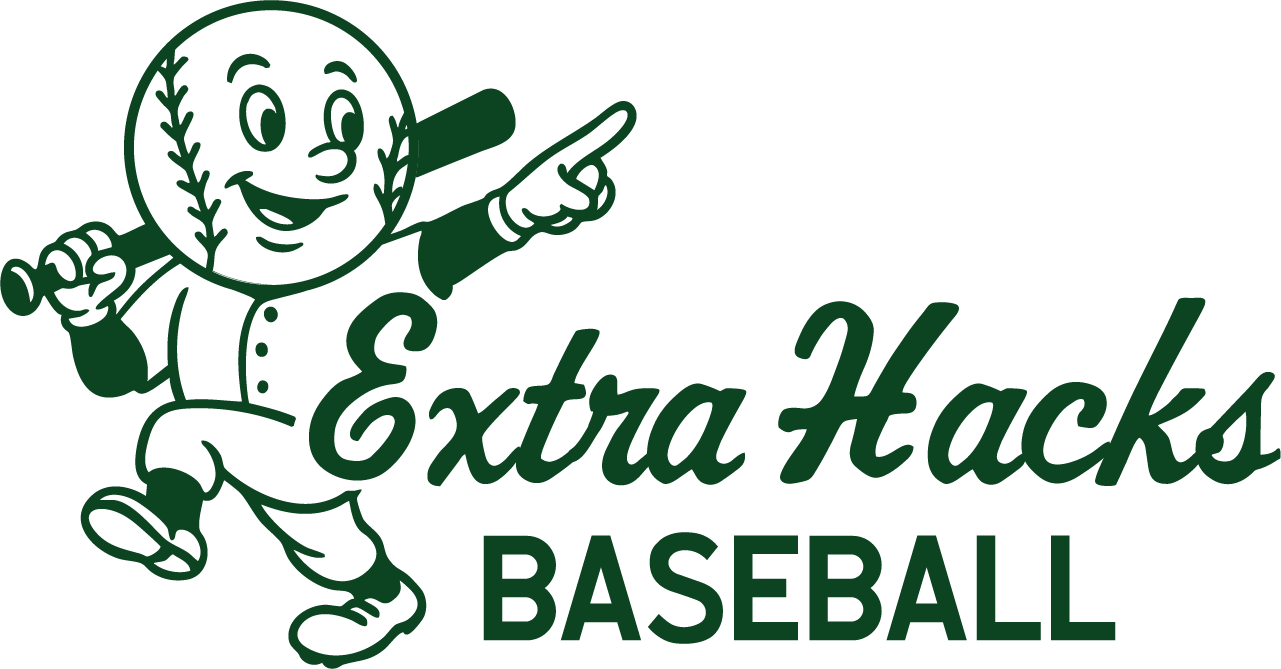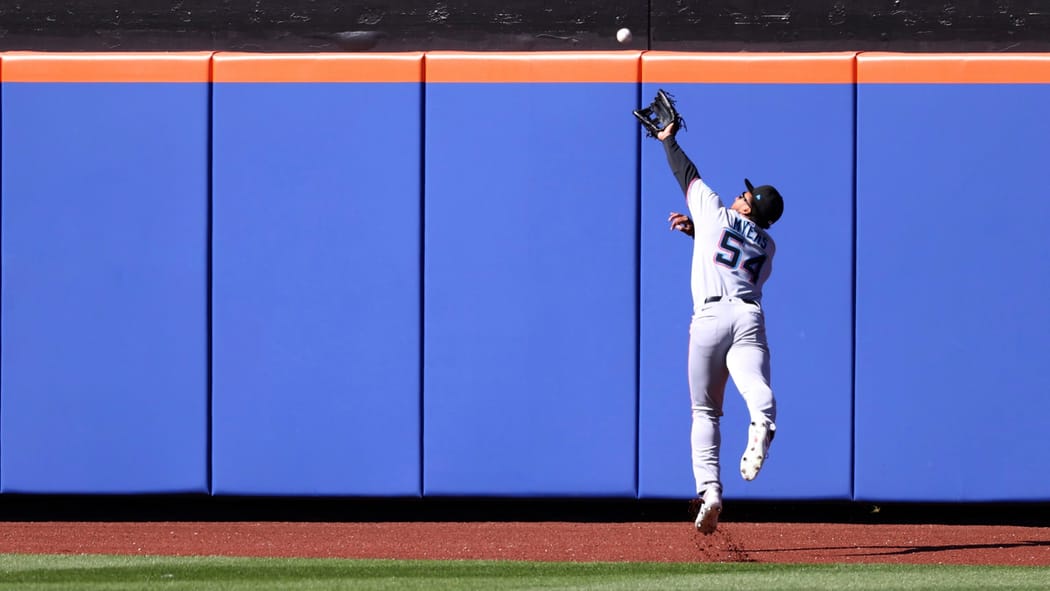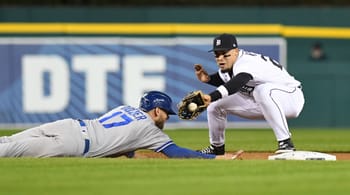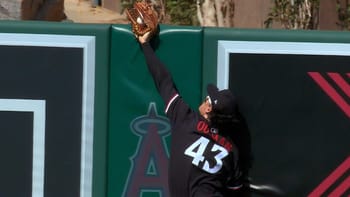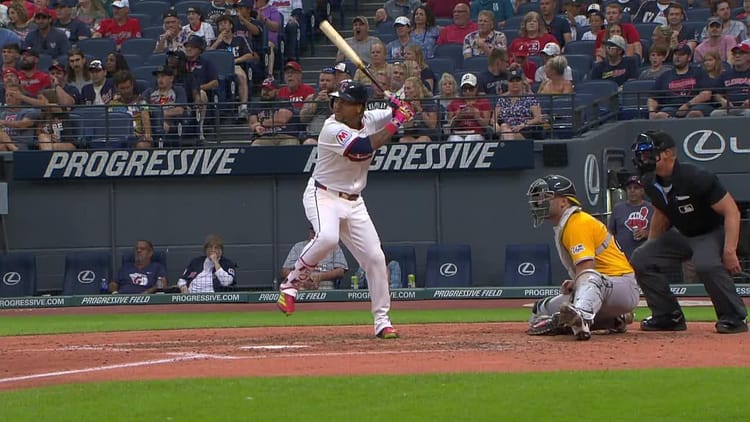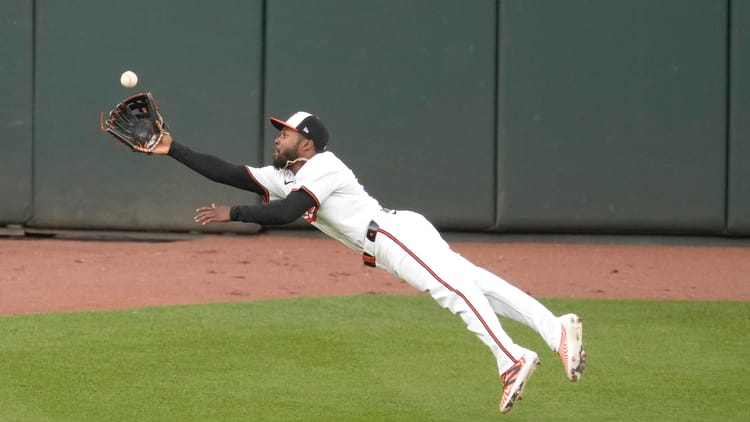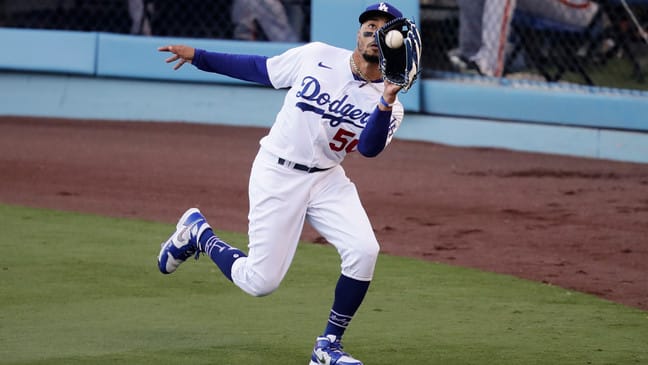"No doubles"
Sentence – “Outfield, no doubles!”
How you may interpret – You just need to work harder to make sure you don't give up a double.
What your coach is trying to say – You need to change your defensive positioning. If you're an outfielder, the ball can't go over your head. If you're a corner infielder, the ball can't go down the line. See the more detailed explanation on positioning below.
Situation – This is 100 percent score dependent and not as much "situation" dependent. If you're late in a game and the tying run is on 1st, you will be in no doubles so that the runner doesn't score from 1st on any hit. You might do the same thing with nobody on base so that the hitter can't get into scoring position (2nd base) with just one hit.
Positioning
Corner infielders are back as far as they can go and still throw a guy out and are guarding the line. They are basically one step off the foul line. NOTHING can get down the line on the ground. All outfielders are back from their normal position. No balls can land over their heads. Corner outfielders are pinched toward the gaps because that is the bigger part of the field. The only double we might allow is a line drive down that goes over a corner infielder's head and gets down the line. Otherwise we are allowing NO DOUBLES.
Other Defensive Positioning Definitions
Straight Up
Situation – Any and all
Standard defensive position. Corner infielders should be back and off the line taking away the 4 and 6 holes. Middle infielders play at normal depth and may shade to a side for the hitter's tendencies. The pull side outfielder should be shading toward the gap a little bit while the opposite field outfielder should be shaded in and toward the line. Center field may shade to a side based on the hitter's tendencies.
Infield In
Situation – Runner on 3rd, less than two outs.
All infielders are playing on the infield grass. We want to cut off the run at home plate on a groundball. We really don't want to give up a run.
Infield Back
Situation – Runner on 3rd, less than two outs.
All infielders are playing their standard defensive positions. We just want to get an out. We don't care if a run scores.
Corners Up, Middle Back
Situation – Runner 3rd, less than two outs.
The 1st and 3rd basemen are playing up on the grass, but the middle infielders are back. This is an in-between strategy where you'd prefer not to give up the run, but if you do it's not the end of the world OR you're trying to turn the double play.
This is frequently used with one or zero outs and runners on 1st and 3rd or bases loaded because the middle can turn a double play. The double play might be tougher to turn if the ball is hit to a corner infielder (at youth and high school levels, specifically) if the ball doesn't get on them fast enough. With college and pro arm strength, you're more likely to see everyone in double play depth in these situations.
Infield Halfway
Situation – Runner on 3rd, less than two outs
The infielders are playing up from their normal positions, but not all the way on the infield grass. This let's us get a little more range to make more plays, but we're probably only going to throw someone out at home on a sharply hit groundball.
Double Play Depth
Situation – Any time there is a force play at 2nd and less than 2 outs.
Middle infielders are going to be pinched more toward the bag at 2nd base to allow them to more easily cover on a groundball. They are also a step or two in from their normal position. The corner infielders will be up a step too, but generally not all the way in on the grass. All infielders are cheating up a little bit to allow the ball to get on them a little faster to make turning two possible.
